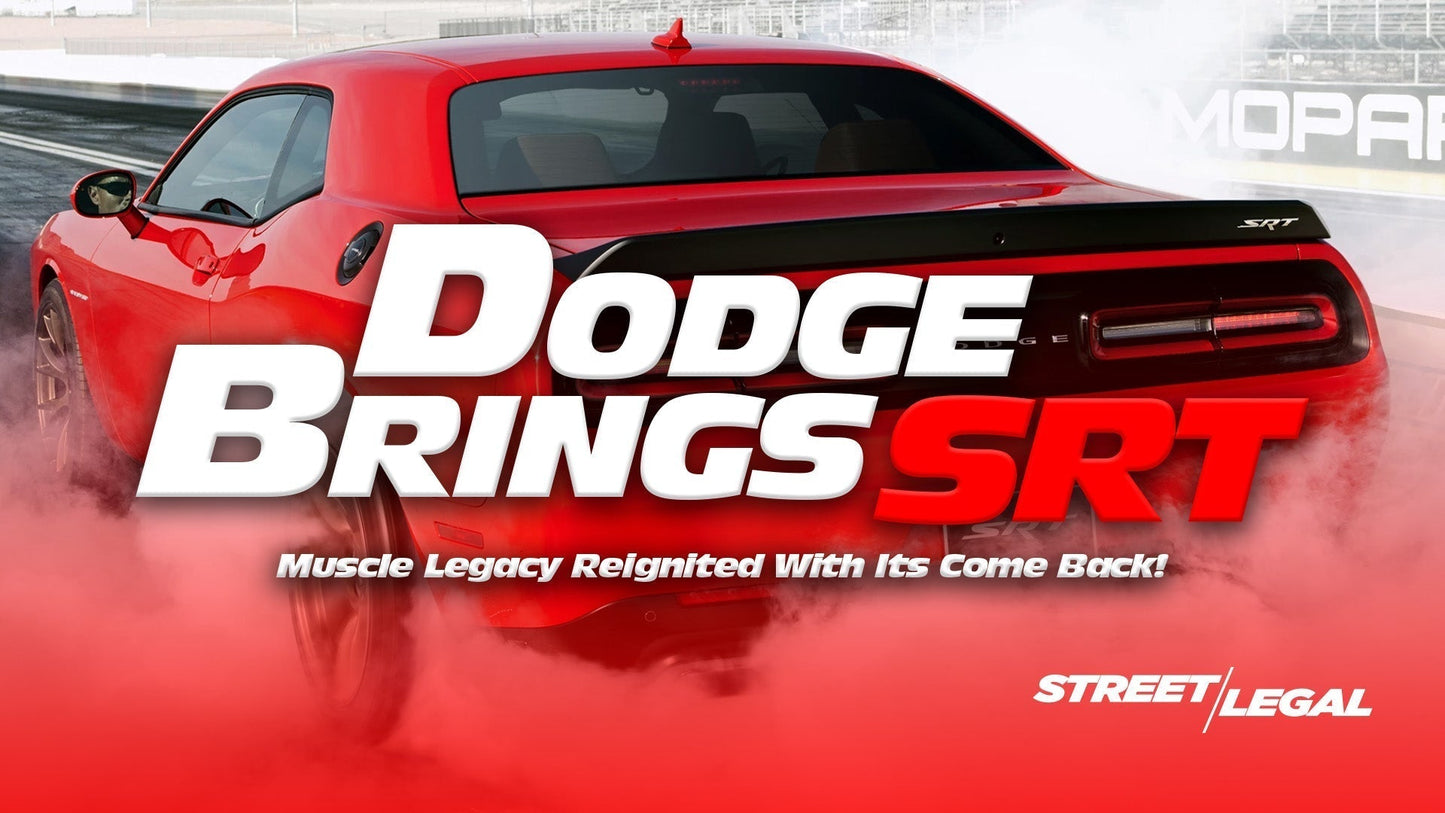
In a bold move sure to excite performance enthusiasts, Stellantis has officially revived the iconic SRT (Street & Racing Technology) brand. Once the go-to label for Mopar muscle performance, SRT now returns as the dedicated high-performance engineering division for Dodge, Jeep, Chrysler, and Ram.

Leading this new era is Tim Kuniskis, the longtime architect behind Dodge’s Hellcat and Demon programs. With Kuniskis at the helm, SRT’s mission is clear: deliver unapologetic power, racing innovation, and American-made adrenaline.
SRT Performance Legacy: Notable Models
| Model | Engine | Horsepower | 0–60 MPH | Top Speed |
|---|---|---|---|---|
| Dodge Challenger SRT Hellcat | 6.2L Supercharged V8 | 717 hp | 3.6 sec | 199 mph |
| Jeep Grand Cherokee Trackhawk | 6.2L Supercharged V8 | 707 hp | 3.5 sec | 180 mph |
| Ram 1500 TRX | 6.2L Supercharged V8 | 702 hp | 4.5 sec | 118 mph (limited) |
Projected Future SRT Focus
| Category | Focus Area | Expected Technology |
|---|---|---|
| Powertrain | Electrified Muscle | Hybrid V8, Pure EV |
| Platform | Unified Architecture | STLA Large Platform |
| Performance | Track-Ready Tuning | Torque Vectoring, Active Aero |
| Sound | EV Roar Simulation | Fratzonic Chambered Exhaust |

Balancing Power with Emissions Goals
With tighter global emissions regulations, the new SRT division faces a major challenge: maintain performance while adapting to zero-emission mandates. Here's a projected balance of power vs emissions by 2027:
 Conclusion
Conclusion
The SRT revival is more than a badge—it’s a promise. A promise that raw American horsepower isn’t going away, it's evolving. With electric and hybrid muscle cars on the horizon, SRT is ready to lead the charge while honoring the legacy that made it legendary.
